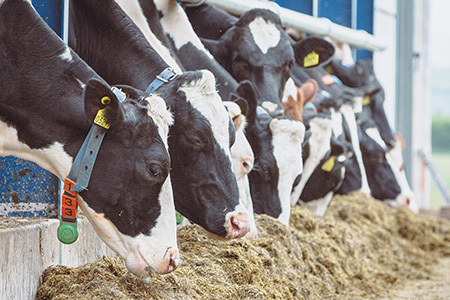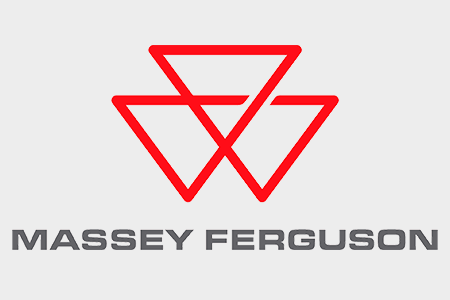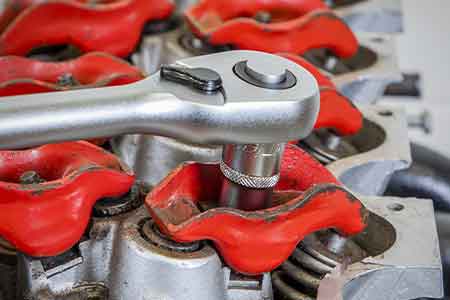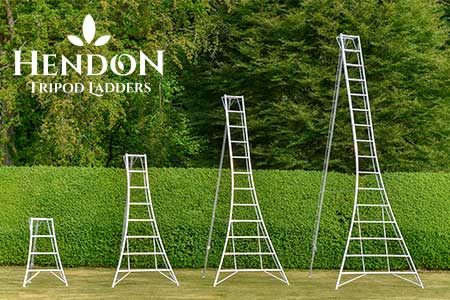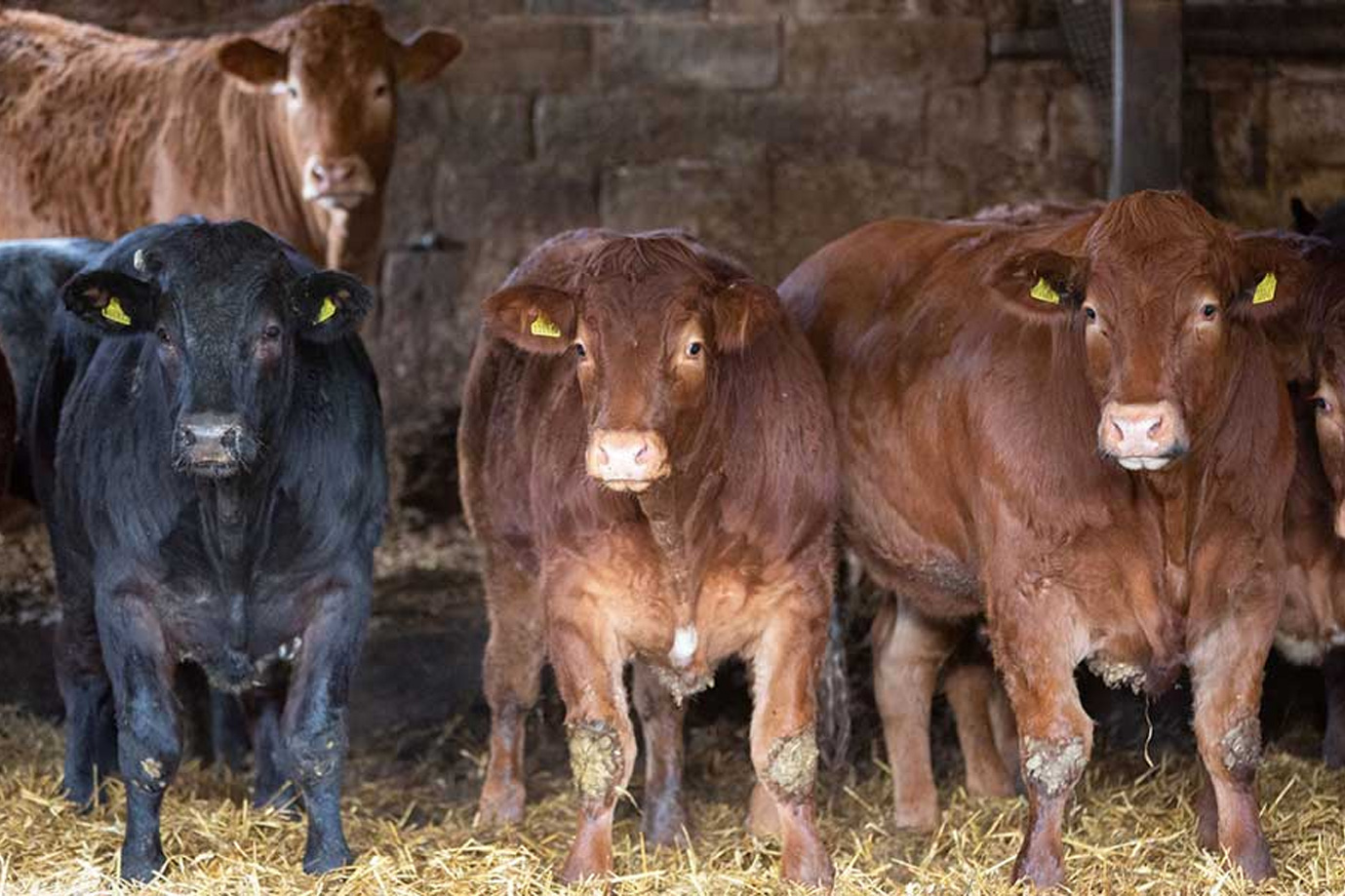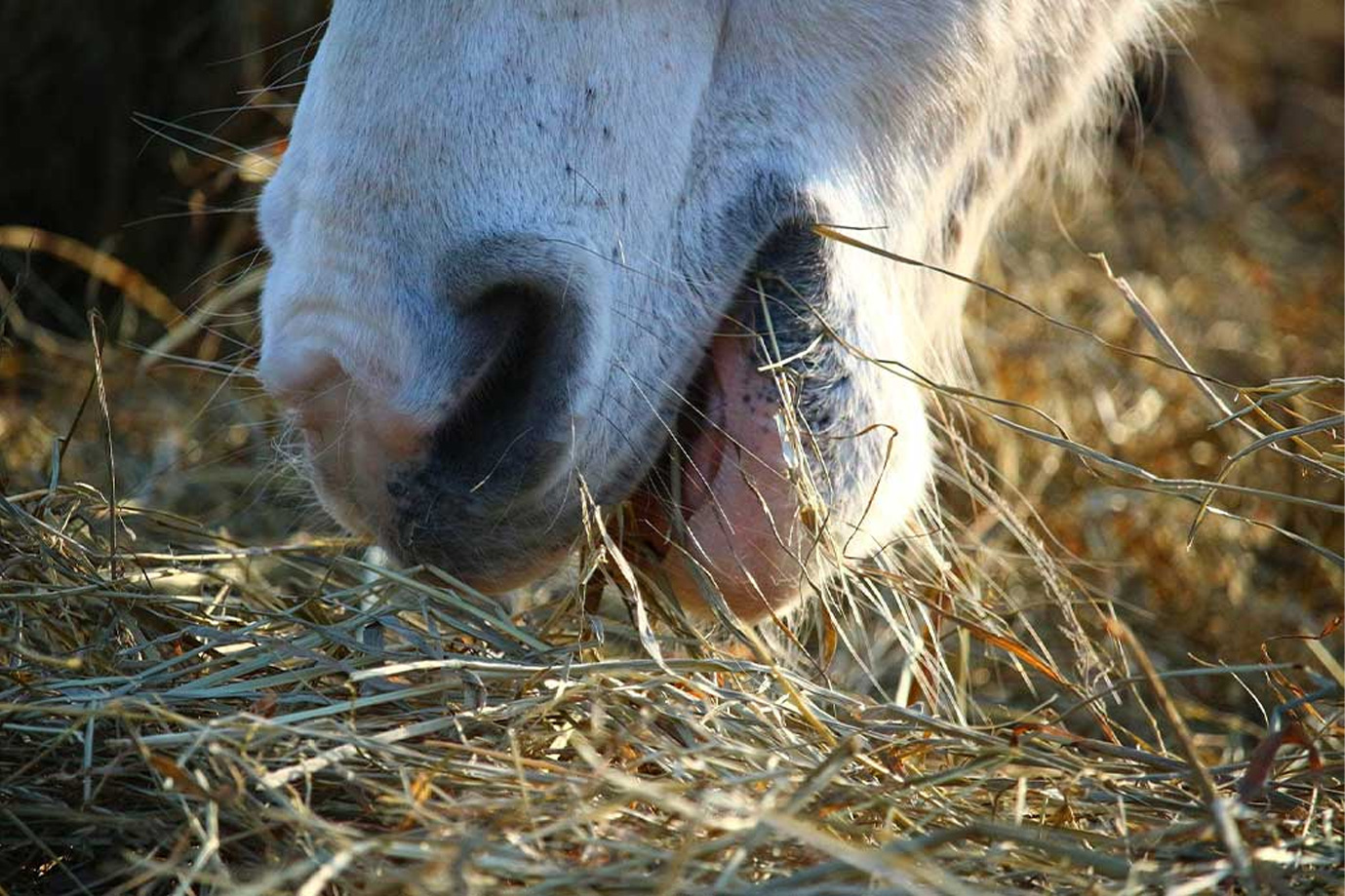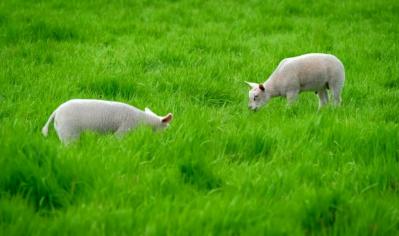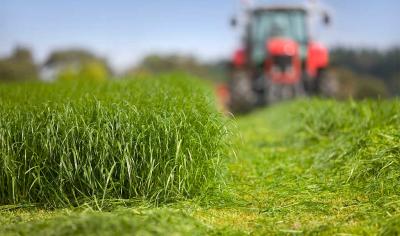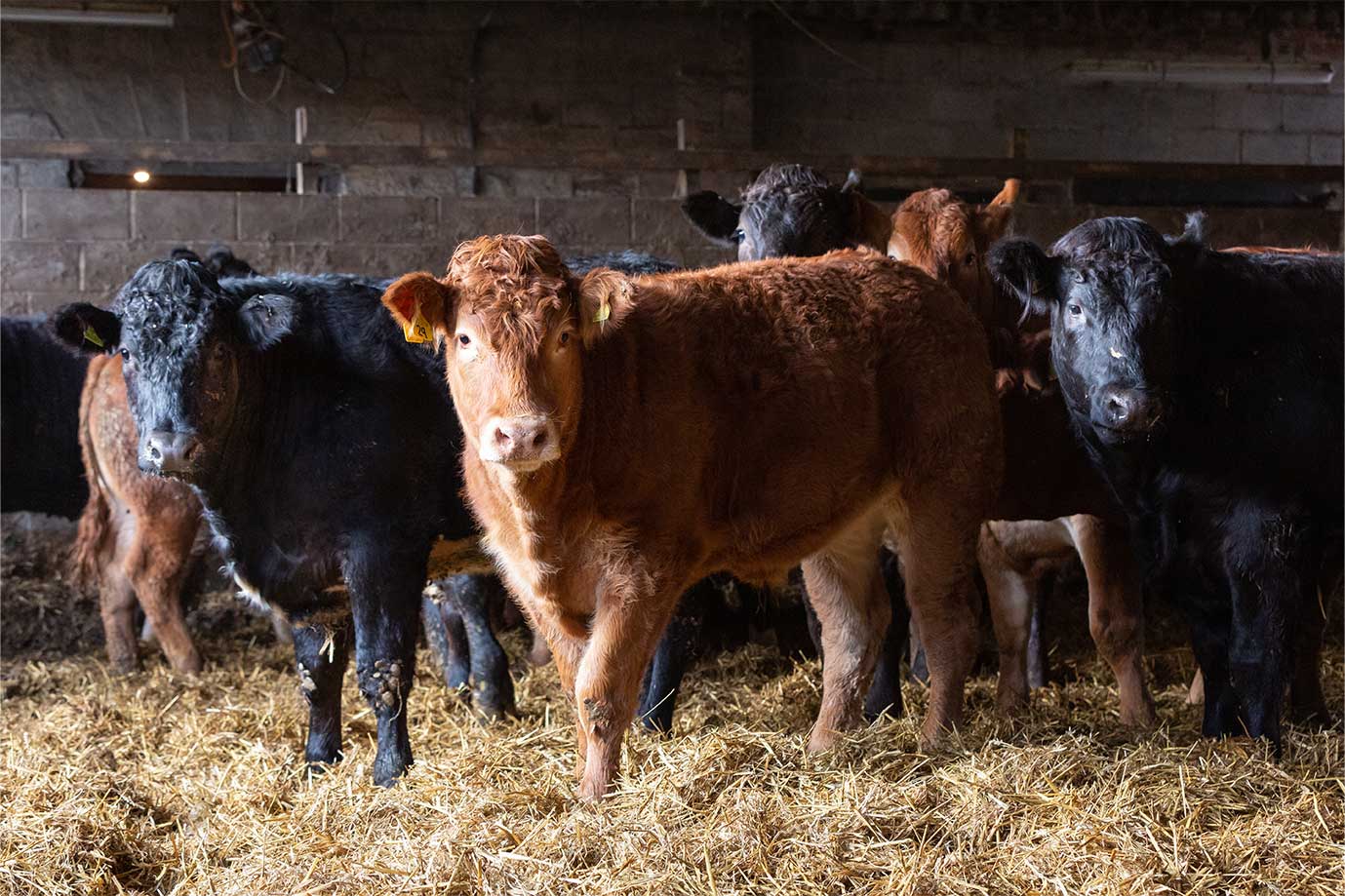Animal Feeds
Why creep feed your lambs?
Cost effective way to grow lambs. Get mouths away off farm quickly to save grass for other stock. Give ewes a better chance/ more time to recover before tupping time comes back around.
Behind The Scenes At Whiteley Hey: From Breeding To Feeding
Most in the sheep sector have heard of Whiteley Hey, best known for their annual production sale now impressively in its 22nd year. Here’s how they got there and what they are doing to stay at the top.
Staying a step ahead in 2023
As 2022 draws to a close, Jimmy Goldie chief technical officer at Carr’s Billington, reviews the biggest issues which have caused challenges for farmers in the last year and suggests which challenges are likely to crop up again in 2023.
Time4Finishing: Preventing acidosis in beef cattle
Maximising meat yield and optimal fat cover for finishing beef cattle is all about providing sufficient energy and starch. But this needs to be achieved without upsetting rumen stability. This means finishing rations must be balanced and fed correctly to prevent issues such as acidosis occurring.
Facts about Forage and Fibre
Feeding horses is both an art and a science – the science gives us information about nutrients and what they do and the art is about applying it to each individual horse or pony. Fibre is a great example of this. Research has confirmed the importance of fibre for maintaining health and well-being but there are lots of different sources and types of fibre available. Knowing which one is best for a particular horse or pony is where the art of feeding comes in.
GIMMER LAMBS: To feed or not to feed?
Ryan Whyte – Commercial Feed Manager and Sheep Specialist at Carr’s Billington – offers valuable advice on cost-effectively feeding and preparing your gimmer lambs for sale.
TIME2STRIKE: Preventing Blowfly Strike In Sheep This Summer
Fly strike in sheep is predicted to cost the farming industry £2.2m a year1, with almost all farmers suffering some financial loss from the condition.
TIME4TLC – Managing nematodirus in lambs
Nematodirus is a disease caused by gastrointestinal worms which young lambs ingest through grazing, particularly on pasture grazed...
TIME4RATIONING – Rationing advice for spring calving suckler cows
It’s essential that spring calving suckler cows are fed balanced diets to maintain tight calving patterns and improve the chances of calving success, which in turn impact herd profitability.
TIME4SILAGING – Top Tips On Making Quality Silage
With the cost of bought-in feed soaring, homegrown silage is an obvious choice to reduce reliance on purchased feedstock to meet target milk yields.

